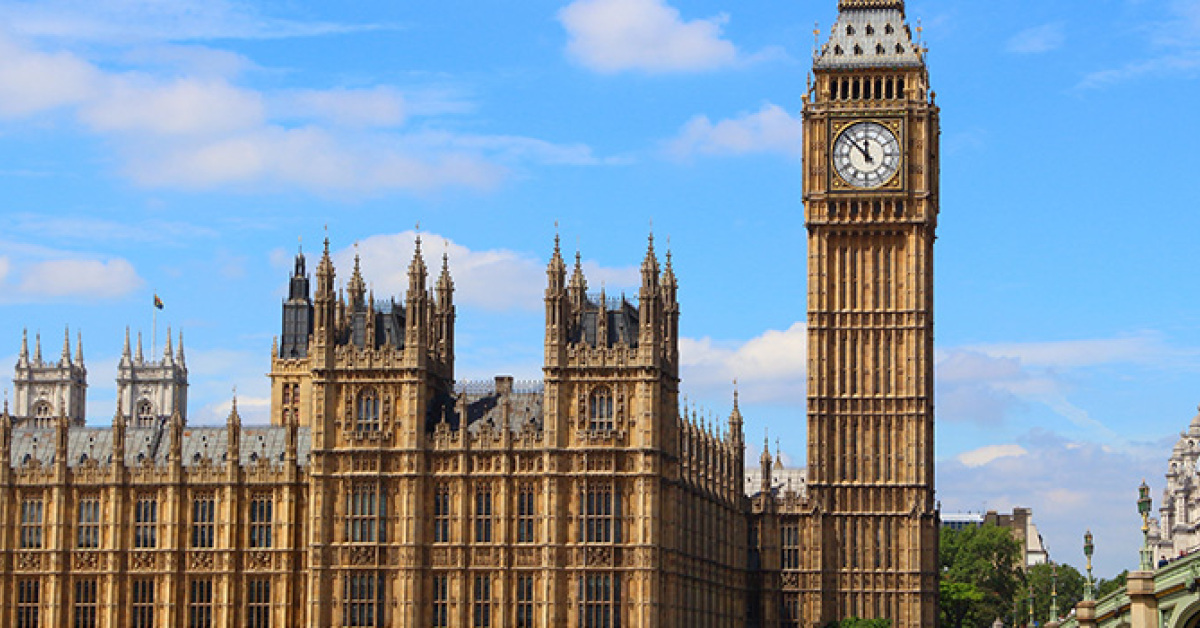Rewriting the Rules: UK’s Radical Immigration Overhaul Aims to Prioritise Domestic Skills and Control Borders

The UK government has unveiled a bold and sweeping plan to overhaul the country’s immigration system, branding it as a move to reclaim control, bolster domestic employment, and restore fairness to a process long criticised for chaos and unchecked growth. Under a white paper set to be released on 12 May 2025, the government seeks to reverse years of surging net migration and structural dependency on overseas labour.
With net migration nearly quadrupling between 2019 and 2023—peaking at over one million—the white paper represents a fundamental reset in immigration policy, directly responding to long-standing public frustration and workforce imbalances.
A System Under Strain
Since the end of free movement post-Brexit, the UK adopted a points-based immigration system intended to balance openness with control. However, in practice, the government now says this evolved into a “free market experiment,” granting employers too much freedom to recruit from abroad while neglecting domestic training.
This, the government argues, has led to an over-reliance on foreign workers, particularly in low-skilled sectors, even as millions of Britons remained economically inactive or out of education.
Home Secretary Yvette Cooper did not mince words, calling the system “a failure” and “really damaging” to both the UK’s labour market and public confidence.
Core Themes: Control, Contribution, Community
At the heart of the reforms is a reassertion of three key principles:
- Control: Tighten eligibility and restrict automatic access to UK jobs.
- Contribution: Ensure migration serves the national interest by supporting productivity, skills, and wages.
- Community: Promote social cohesion by reducing unmanaged flows and ensuring that immigration complements, rather than competes with, domestic workforce development.
Raising the Bar on Skilled Migration
Perhaps the most significant change lies in the restoration of degree-level (RQF6) thresholds for skilled work visas. This replaces the more relaxed criteria that had allowed a growing influx of lower-skilled workers to qualify for visas between 2021 and 2024.
Under the new rules:
- Only occupations that meet a higher skills bar will qualify for long-term work visas.
- Salary thresholds will be adjusted upwards to reflect these skill requirements.
- Sectors with low-skill roles will face strict time limits for foreign hires and will only gain immigration access upon demonstrating a strategic national shortage.
This move is expected to dramatically shrink the number of eligible roles under the immigration system, encouraging sectors to pivot toward long-term workforce planning instead of short-term fixes.
Domestic First: A New Workforce Mandate
The white paper is not solely about limiting immigration. It also introduces a domestic workforce strategy, intended to raise the UK’s productivity and participation rates by investing in training and local employment initiatives.
Key measures include:
- Requiring employers to develop training and recruitment plans for UK workers before being allowed to hire from overseas.
- Launching a Labour Market Evidence Group (LMEG) to analyse sector-specific dependence on migration and guide reforms accordingly.
- Promoting UK workforce participation as the default first response to labour shortages.
This marks a shift in policy logic: labour gaps will no longer be filled quickly by immigration but will require demonstrated efforts to invest in and mobilise the British workforce first.
Supporting Sectors Through Transition
Despite the hard pivot, the government recognises that some sectors—especially health and social care, construction, and agriculture—face acute and genuine short-term shortages. To navigate this, the paper allows strictly time-limited exemptions to help bridge gaps while domestic pipelines are being built.
However, the bar is set high:
- Sectors must submit evidence of persistent shortages that align with the UK’s Industrial Strategy.
- Any temporary visa route will be contingent on employer commitments to hire and train domestically over the medium term.
This mechanism aims to balance economic continuity with long-term reform, ensuring industries are not abandoned but are compelled to evolve.
Cracking Down on Exploitation and Abuse
The Home Office also highlights ongoing efforts to enforce immigration laws more robustly. Since July 2024, the government has removed 24,000 individuals who had no legal right to remain in the UK—marking the highest rate of removals in eight years.
This aggressive enforcement reflects the broader drive to restore the rule of law and rebuild public confidence in the immigration system. The government argues that proper control and clear rules are essential to maintaining the UK’s openness to genuine talent while safeguarding community trust.
An Economic Pivot: Immigration in the Service of Renewal
The new plan is deeply tied to the broader economic agenda. While cutting migration, the reforms aim to foster economic renewal by increasing workforce participation, reducing long-term sickness and inactivity, and realigning training with market needs.
According to the white paper:
- Migration should be “a means to economic growth, not a shortcut for cheap labour.”
- The government will invest in skills that matter most to the UK’s industrial and technological competitiveness.
- Emphasis will be placed on raising living standards, not suppressing wages through labour oversupply.
This approach seeks to recalibrate migration as a strategic lever, not a reactive patch for labour gaps. Skilled migration will continue—but with a clear focus on high-value roles and long-term contribution.
Restoring Public Trust
A driving force behind the reforms is the need to restore trust in government and the immigration system. High net migration figures in recent years have fueled political tension, media scrutiny, and voter disillusionment.
Polling has consistently shown that voters across the political spectrum support controlled immigration and want to see the UK invest more in its own workforce. The Plan for Change aims to do exactly that—resetting expectations, tightening oversight, and delivering a system that reflects national priorities, not just labour market convenience.
Open to Talent, Closed to Loopholes
Despite the tougher stance, the UK will remain open to international talent. High-skilled individuals in sectors such as science, technology, engineering, and healthcare will still find opportunities in Britain.
However, the message is clear: “Skilled work must truly mean skilled work.” The system will be reoriented to ensure that economic migration delivers clear benefits—and is not a backdoor for lower-wage, lower-productivity roles.
Conclusion: A System Reimagined
With this white paper, the UK government is not simply tweaking its immigration policies—it is fundamentally reimagining them. The emphasis on skills, strategy, and self-sufficiency signals a dramatic departure from previous models that prioritised labour market flexibility over national training and public trust.
As Home Secretary Yvette Cooper put it, the UK is “taking decisive action to restore control and order to the immigration system.” That means reducing dependence on overseas recruitment, lifting up British workers, and ensuring that immigration serves—not substitutes—the national interest.
While critics may raise concerns about labour shortages or bureaucratic burdens, the long-term vision is clear: a controlled, managed, and fair system that works for workers, employers, and the country as a whole.
Only time will tell how effectively this radical overhaul will be implemented. But if successful, it may set a new standard for what immigration policy can look like in a modern, skills-driven economy.
Need expert advice on a workplace issue?
Whether you're an employee facing unfair treatment or an employer navigating complex regulations, our experienced employment solicitors are here to help.
Book your free consultation today and get the support you deserve


